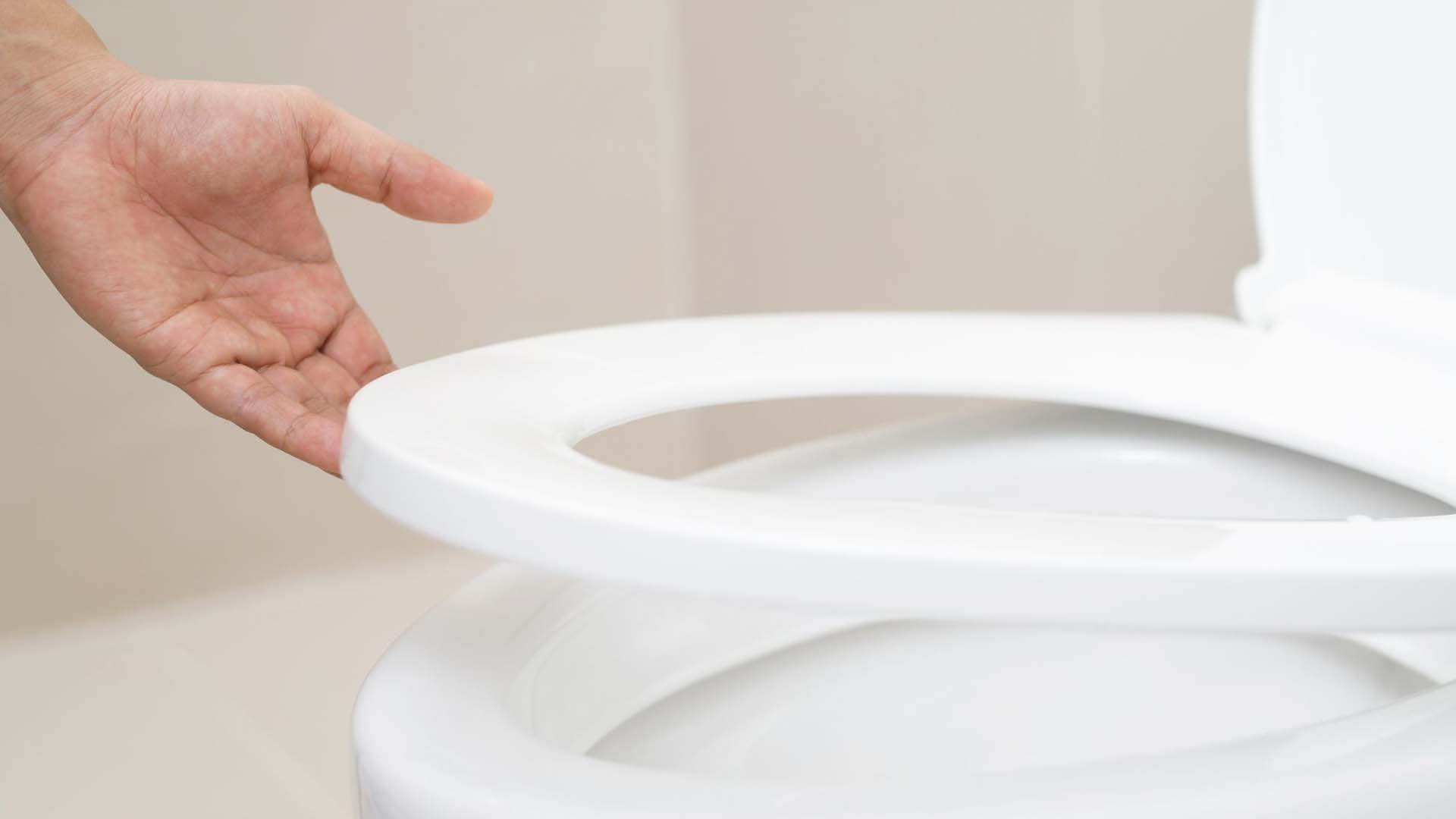
We often think of our toilet seat as being covered in unpleasant bacteria - but according to research, it seems that this might actually be one of the cleaner household items.
Perhaps it’s because we’re so careful about cleaning the bathroom, but studies have found that there are more bacteria hiding in other places than on the toilet seat.
From E. coli to mould, there are certain household items that, if not cleaned properly, can pose a health hazard.
To avoid these dirty dangers (and a potential upset stomach), these are the items that you should pay special attention to.
While keeping hydrated is important for our overall health, drinking out of a reusable bottle could actually be more harmful than helpful.
According to a recent study, reusable water bottles were shown to contain 40,000 times more bacteria than a toilet seat.
Even more concerning, the same study showed that only a quarter of users wash their water bottles a few times a week, while nearly one-in-five clean them only a few times a month.
The worst styles of bottle for this were spout-top and screw-top lids, which contained the most bacteria, with 30 million colony-forming units (CFUs) found on each variety.
The presence of bacteria such as E coli, Klebsiella, and mould in your water bottle can lead to gastrointestinal illnesses, urinary tract infections, and even pneumonia, so it’s important to clean them regularly.
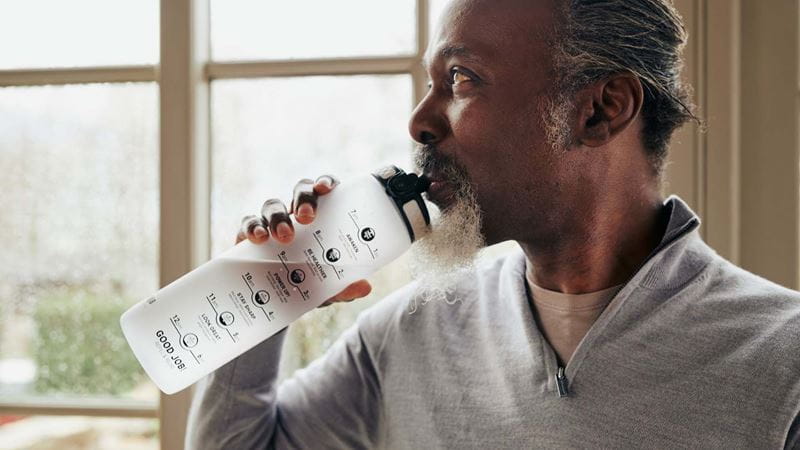
Coffee lovers, brace yourselves. Mould and yeast absolutely thrive in your beloved coffee machine, and this can be one seriously filthy spot in your kitchen if not cleaned properly.
Water reservoirs, coffee pots and drip trays can all become bacteria hotspots - organisms grow in moist and damp areas.
One study revealed up to 67 types of bacteria could be lurking in your drip tray.
One of the two most commonly found bacteria in the coffee machines was Pseudomonas. This strain of bacteria is known to be pathogenic, meaning it has the potential to cause disease in people with weaker immune systems.
Whether you need to clean your coffee pod machine or cafetière, the most important thing is to do it regularly, especially those parts where bacteria can lurk.
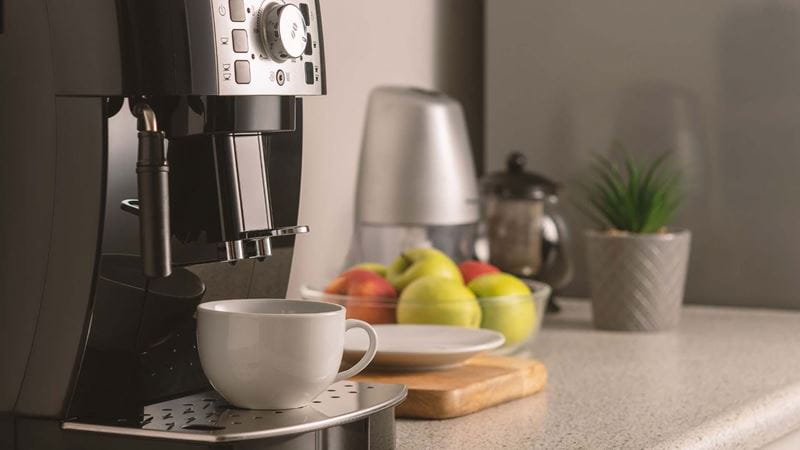
Josh Clarke, manager at removal company Clear It Waste advises giving your coffee machine a deep clean at least once a month.
While you might expect some bacteria from chopping raw meat on your board, you perhaps wouldn’t expect to find faecal matter on there.
But that’s exactly what one study by the University of Arizona discovered.
In fact, researchers found that the average cutting board has 200 times more faecal bacteria than a toilet seat - yuck!
Microorganisms get stuck in the surfaces of your chopping board, especially the small grooves created by knives. Once they're trapped, bacteria can survive for extended periods of time.
When you use the board again, they then spread to other foods, which could potentially lead to food-borne illness.
Rinsing alone may not get rid of these, so it’s important to make sure you give your chopping board a thorough clean after each use.
Research conducted by microbiologist James Francis showed that harmful bacteria such as E. coli and S. aureus were discovered on keyboards. These bacteria can cause skin infections and make people ill.
In fact, one of the keyboards examined in the study had to be removed from the office because it was found to be five times dirtier than a toilet seat, harbouring 150 times the acceptable limit of bacteria.
One of the main contributors to this issue was eating at the desk, which led to debris falling between the keys and providing a breeding ground for millions of bacteria.
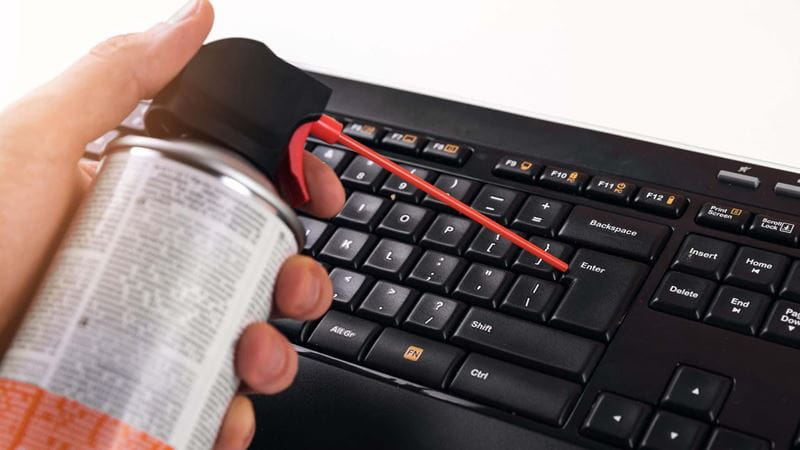
While you wash dirty dishes and pour away cooking water, you might not think that your kitchen sink is that dirty, but you’d be wrong.
Tim Call, a microbiologist who posts his discoveries on TikTok as @whatmightgrow, has done a number of investigations into how clean your sink might be.
After just rinsing with hot water, he discovered well over one million bacteria samples lurking there. He did the test again, this time washing with soap and hot water, and discovered around 45,000 bacteria samples remaining.
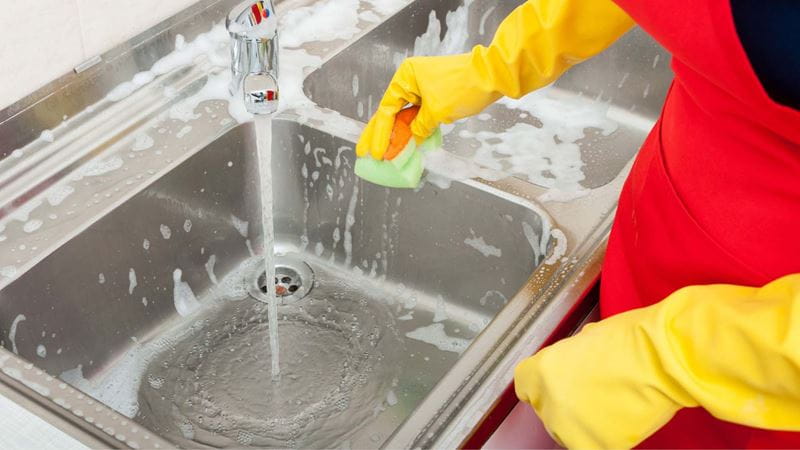
A study conducted by the National Sanitation Foundation discovered that knife blocks can be one of the most contaminated items in your kitchen. This can potentially result in various unpleasant symptoms if an infection occurs.
Let's be honest, have you ever cleaned out your knife block?
Not only can moisture residue from your knives contribute to the growth of mould if not properly sanitised, cleaned, and dried, but harmful microorganisms such as Salmonella, E. Coli, and yeast can also be hiding in those knife slots.

Clarke recommends completely drying your knives before sliding them back into the knife block. This will help prevent the build-up of excess moisture.
Give the knife block a thorough clean at least once a month says Clarke. He recommends using warm water and soap. Don’t use too much water though as you don’t want to risk too much moisture within the wood.
Finish it off by sanitising it with a mild bleach solution.
Jayne cut her online journalism teeth 24 years ago in an era when a dialling tone and slow page load were standard. During this time, she’s written about a variety of subjects and is just at home road-testing TVs as she is interviewing TV stars.
A diverse career has seen Jayne launch websites for popular magazines, collaborate with top brands, write regularly for major publications including Woman&Home, Yahoo! and The Daily Telegraph, create a podcast, and also write a tech column for Women’s Own.


Health insurance for people over 50 that provides a quicker route to diagnosis and planned medical treatment in a private facility.
Underwritten by Bupa Insurance Limited.

Learn how to avoid the most common vacuuming mistakes to ensure that your floors are spotless and free from allergens.
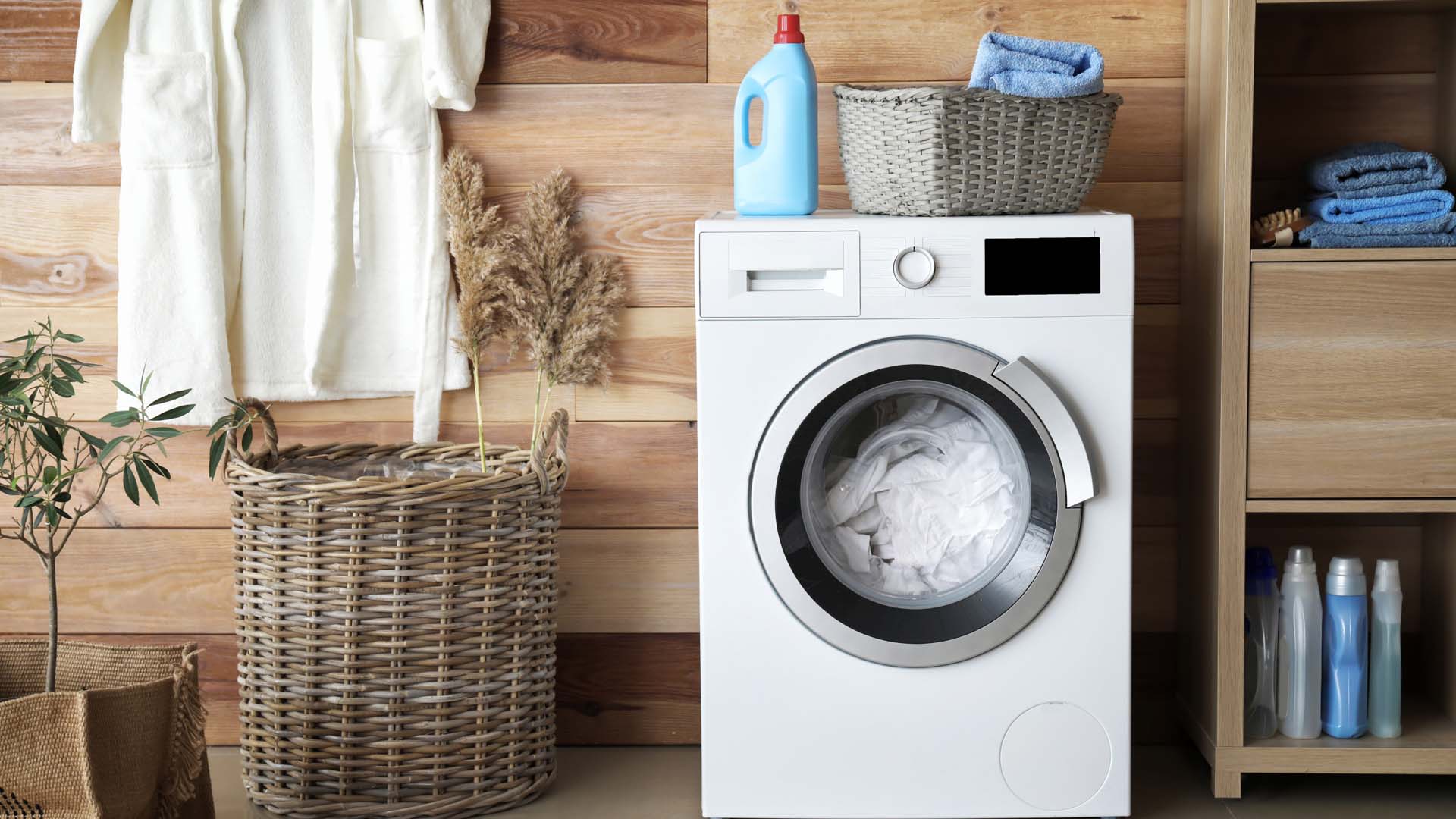
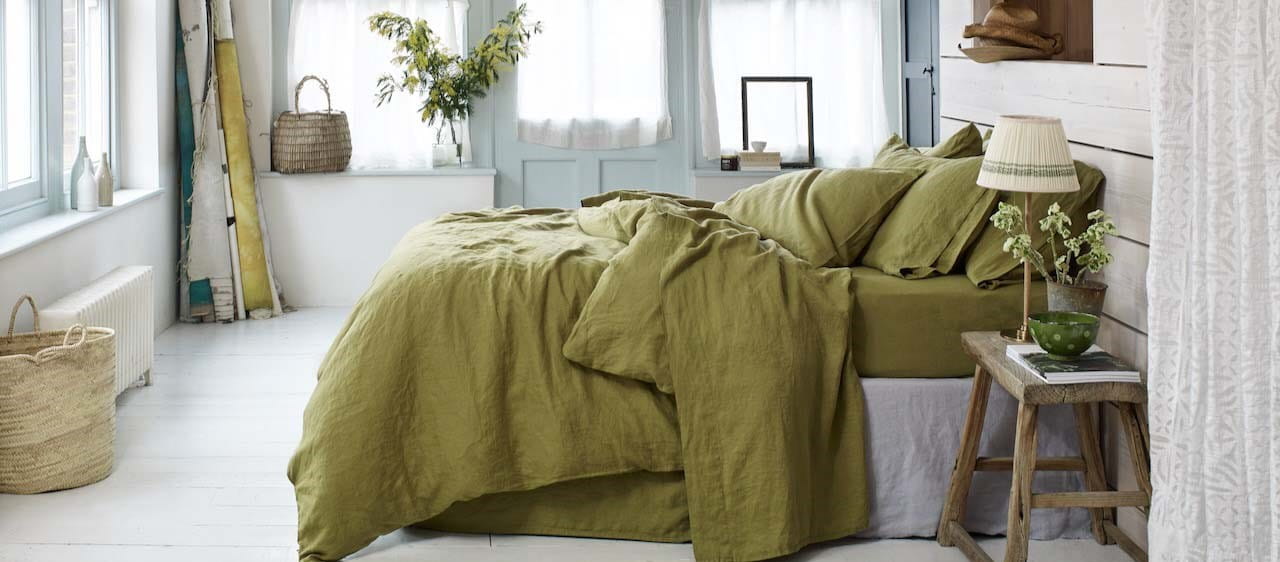

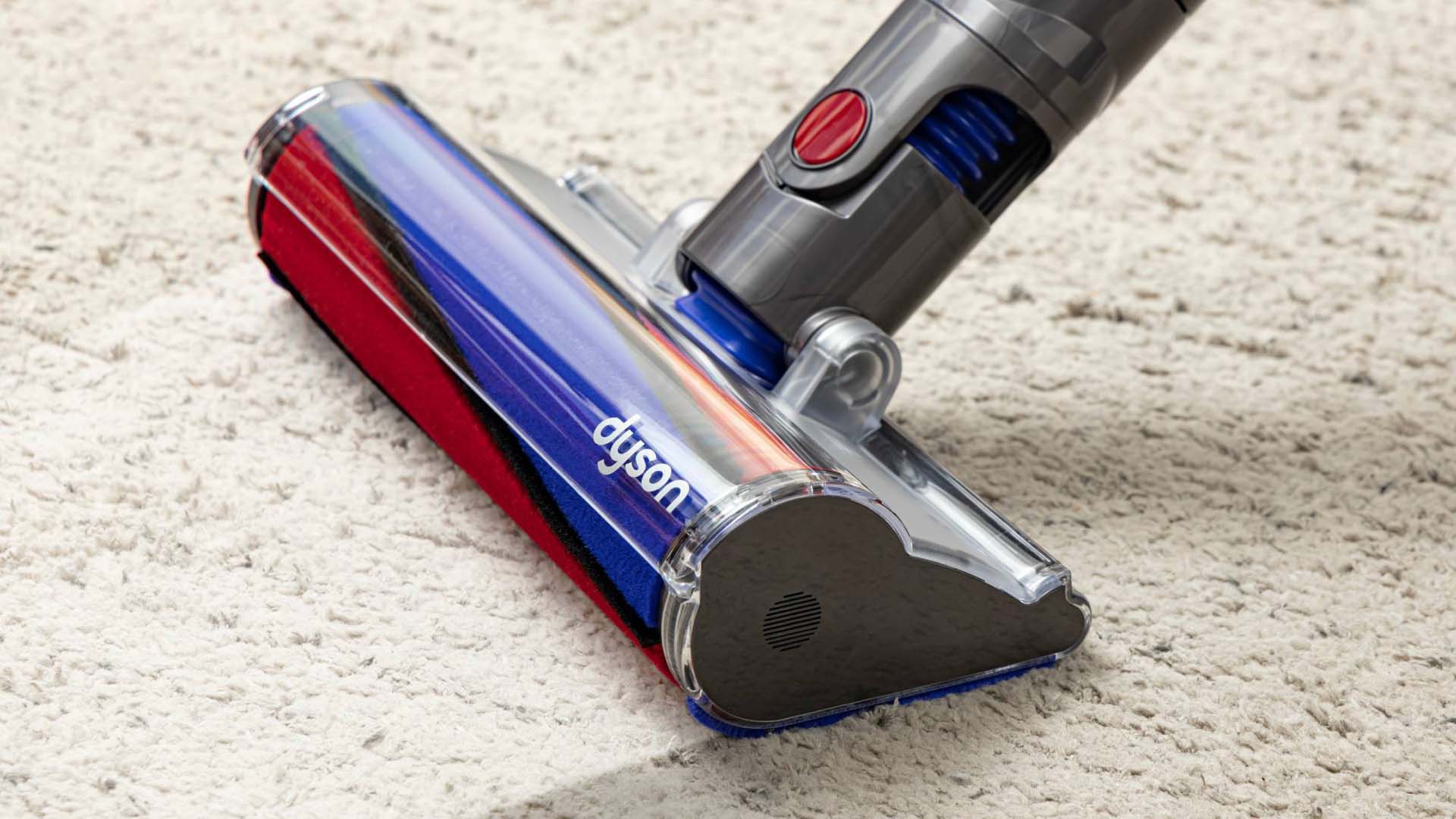
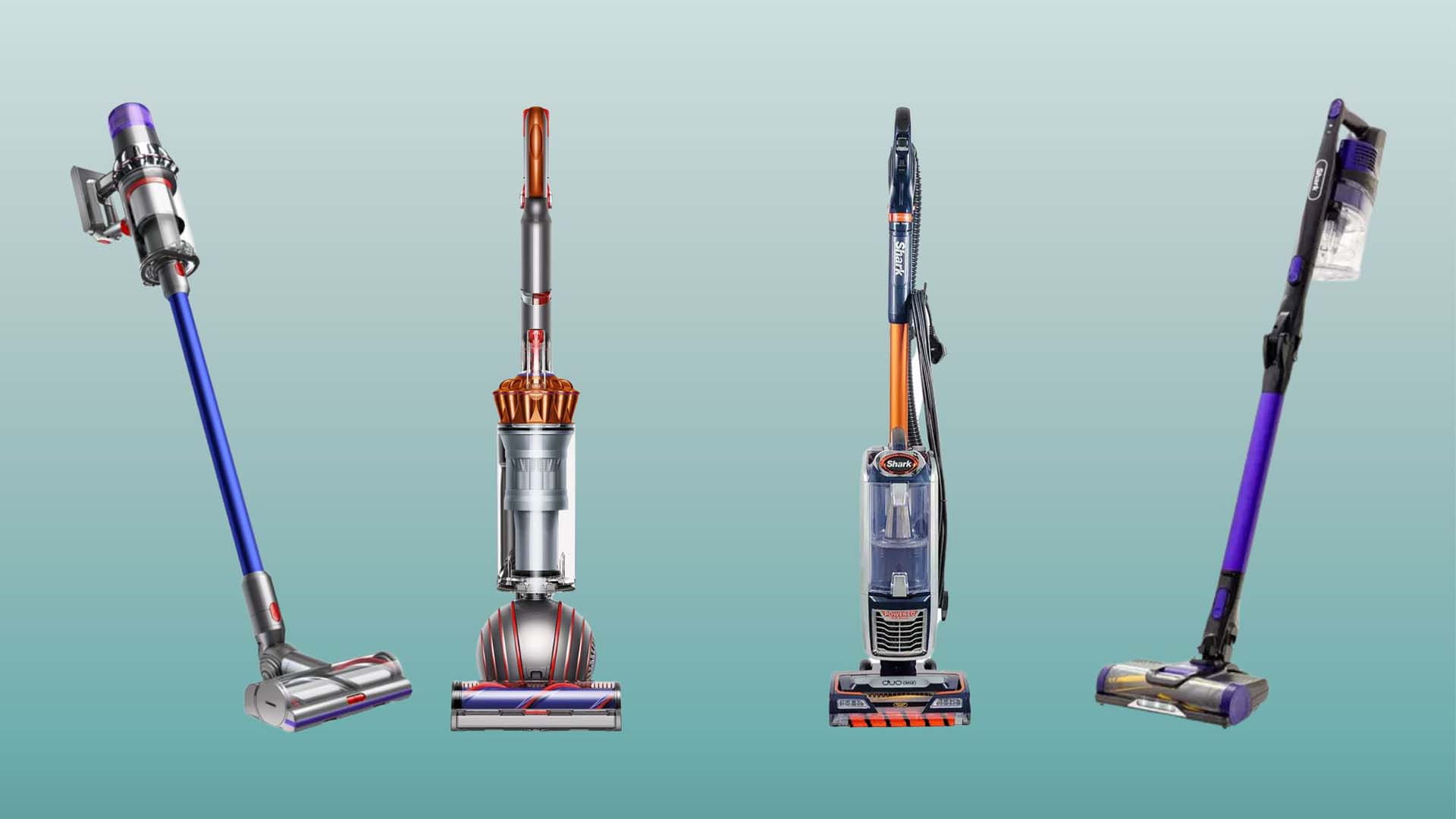
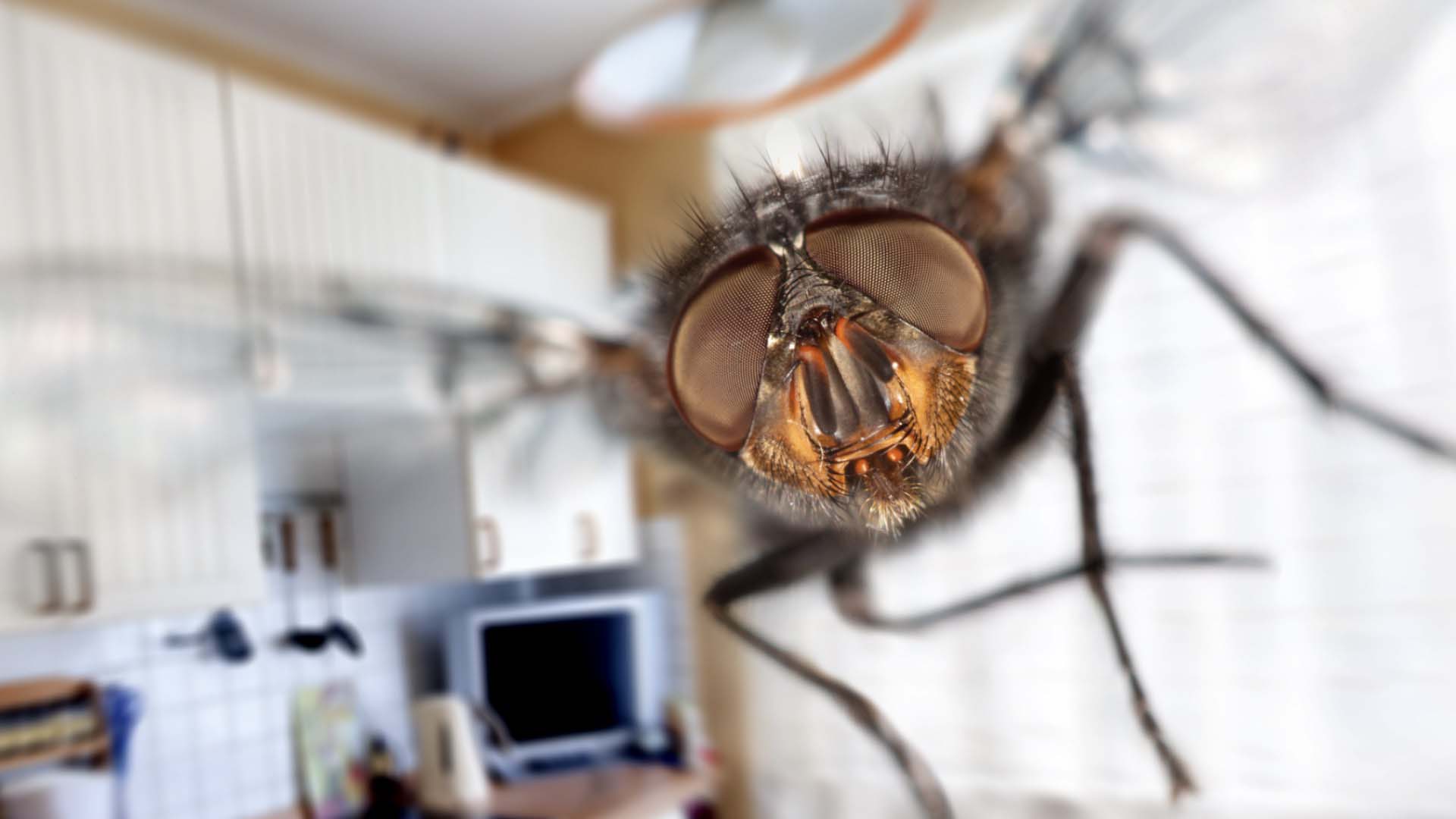
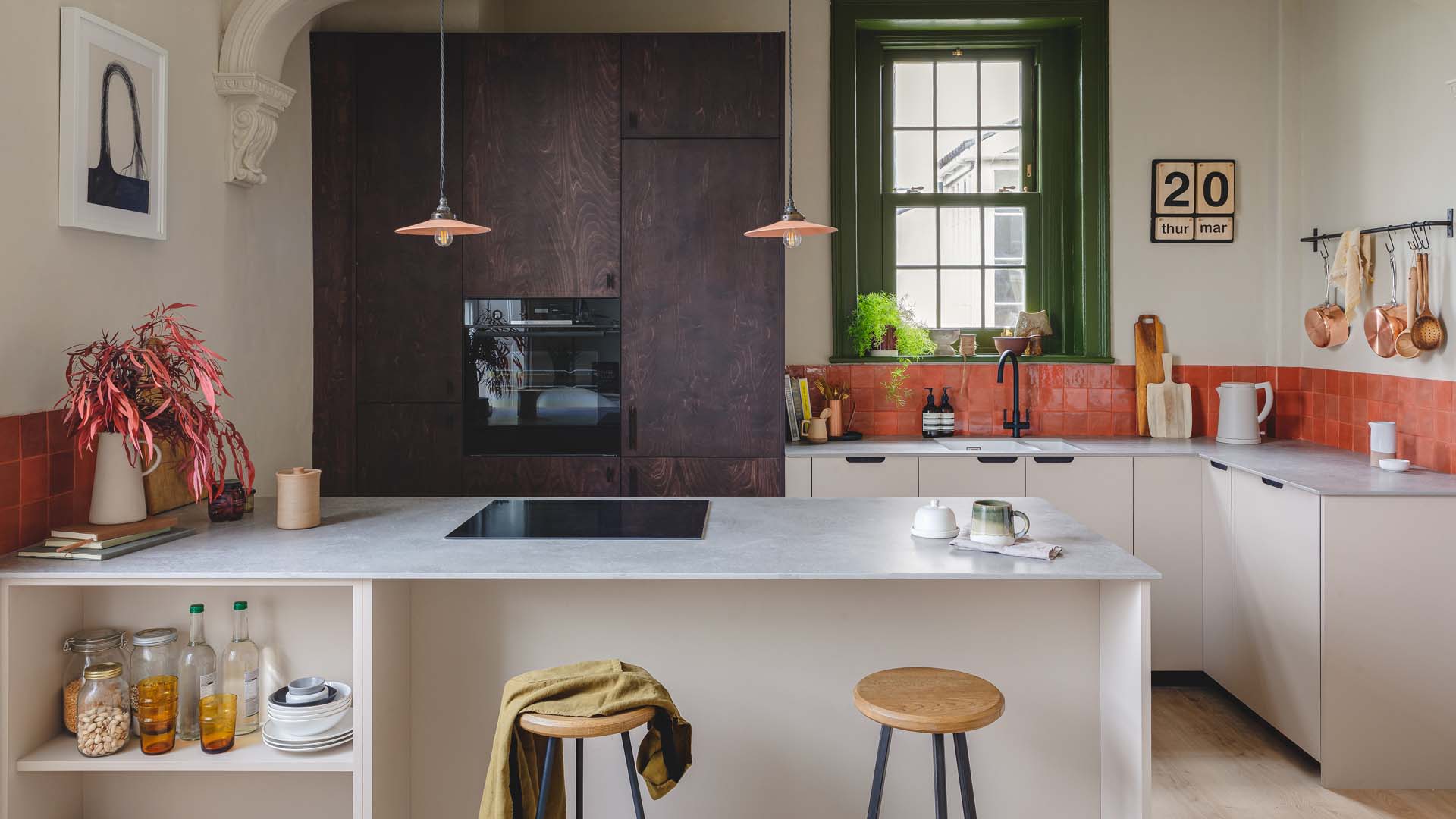

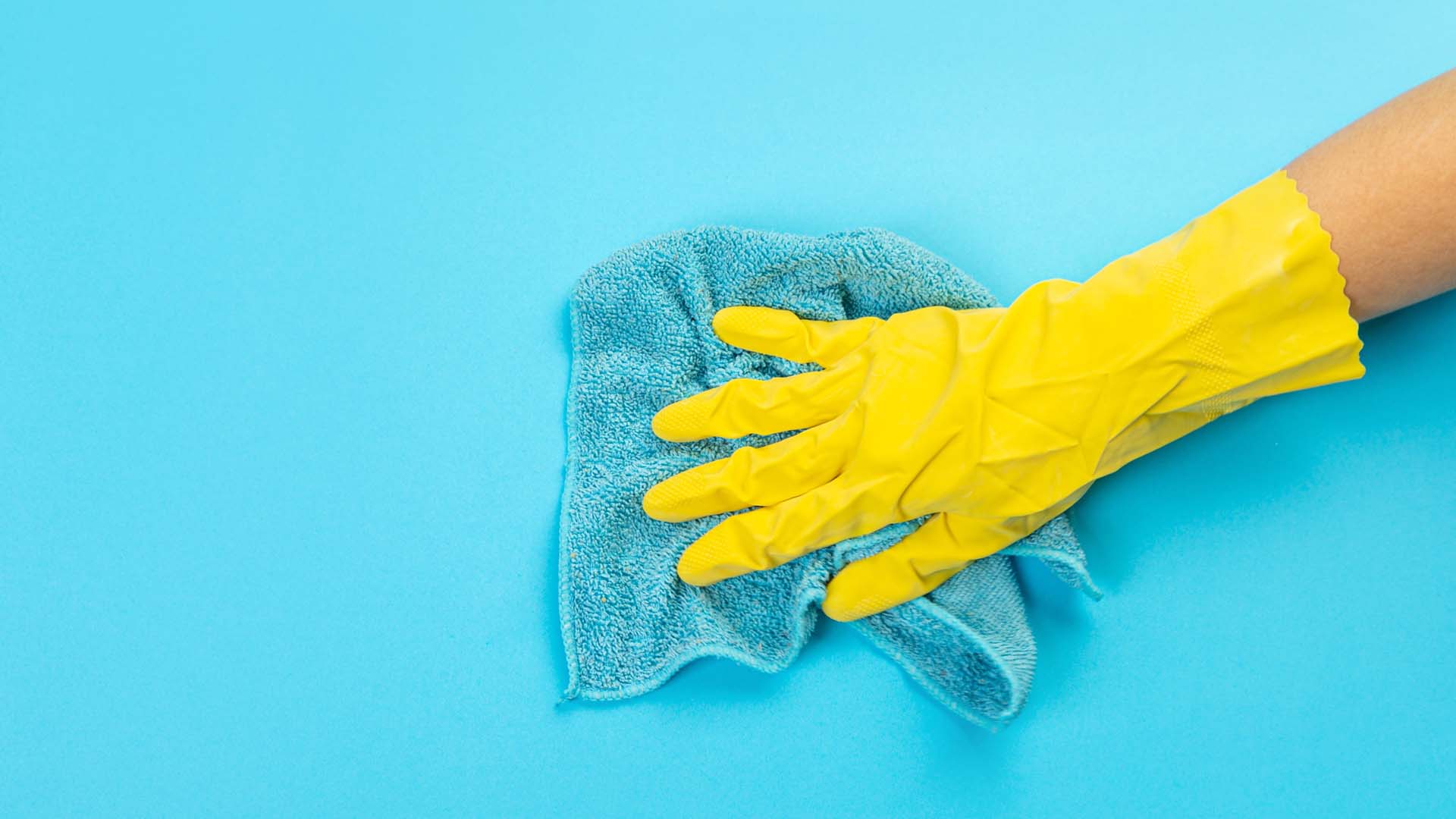

Create the perfect vista with our window cleaning tips.
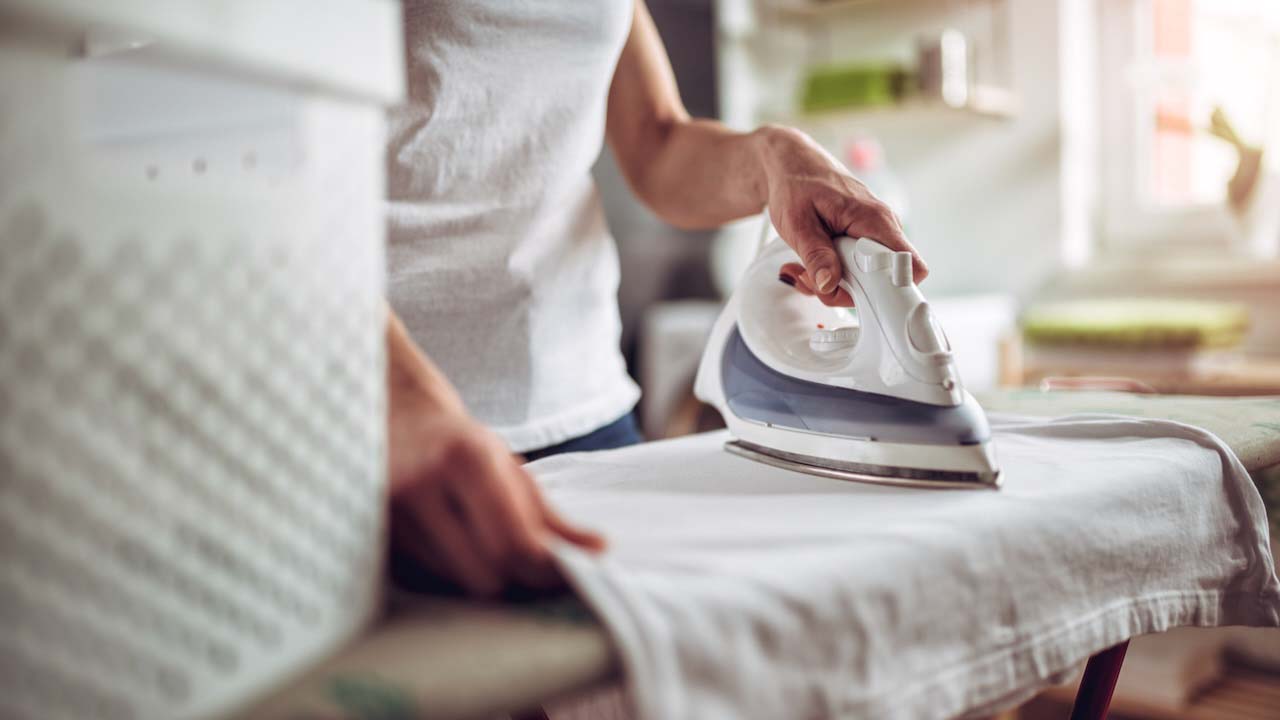
Because a scale-filled iron can ruin your clothes.